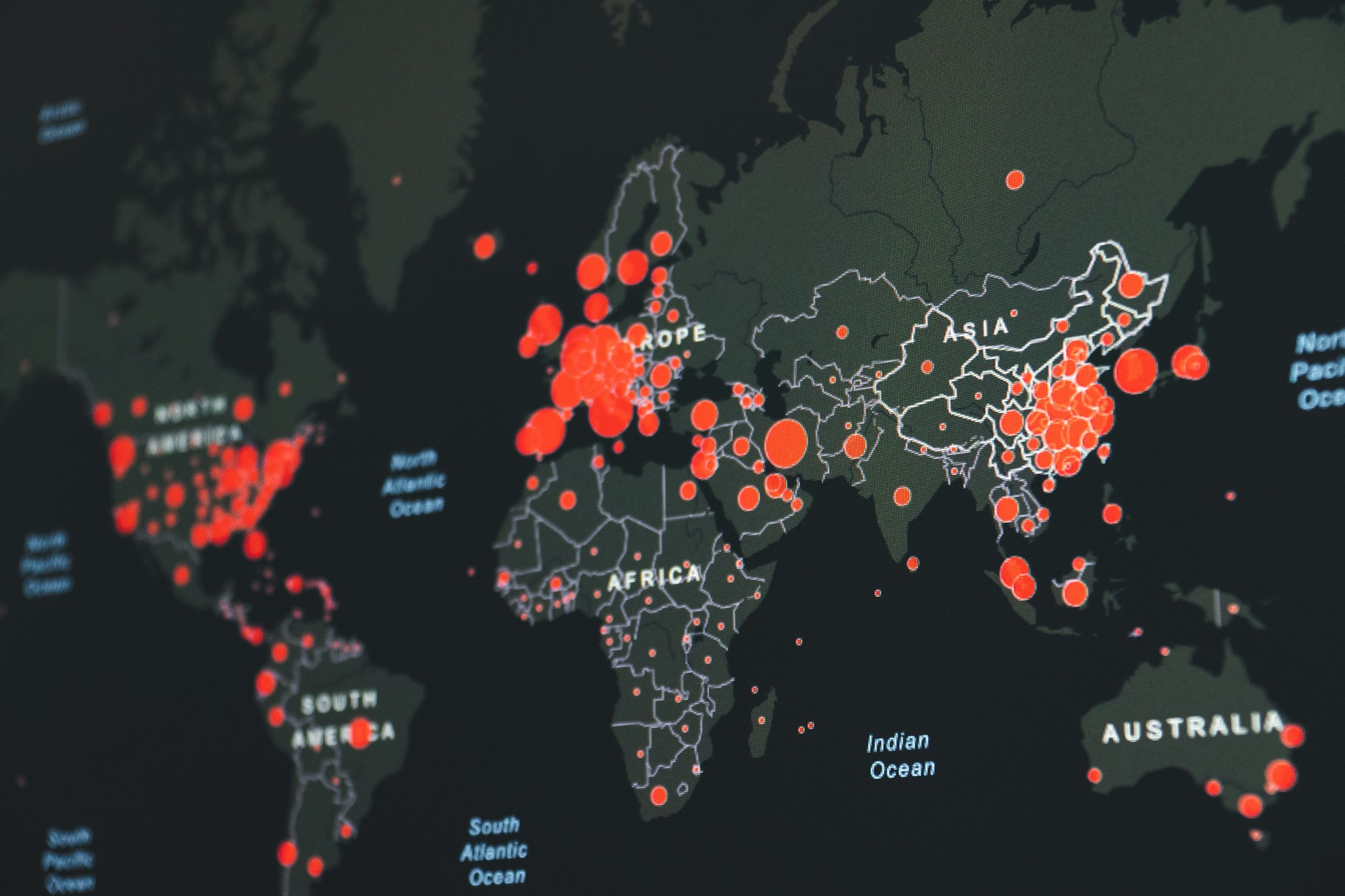Defining flipped learning: Four mistakes and a suggested standard

Since April, I've had the chance to immerse myself in the published literature on flipped learning to a greater degree than usual. I've been trying to read through 2-4 articles a week, doing deep dives on a few of them that grab my attention so I can blog about them. Not all of these are of equal quality, but I'm still impressed by the breadth of what's being published and encouraged by the level of engagement that classroom instructors are having with research on this subject.
However: The more I read these studies, the more I think we have a problem with flipped learning that's making both research and practice muddled and hard to implement. The problem is with the definition of the term "flipped learning".
People are using definitions of flipped learning that are too widely varied, too restrictive, and make too many assumptions for the research to be generalizable and the resulting practice to be replicable. More than this, there is a belief about flipped learning that enables these flawed definitions: The belief that, while a lot of people are doing or at last thinking about flipped learning, very few people are really studying it, and that there is no consensus from either research or practice on which to base further work. This leads to people continually re-inventing the wheel and failing to situate their work in the context of a larger body of work --- a body that, as I wrote about before, stretches back to the early 2000's and has been growing exponentially since around 2012. This leads to well-meaning authors using a definition of flipped learning that has serious flaws, which then causes the data that's gathered to be flawed, which leads to flawed practice, which leads to future researchers reading reports on flawed practice, and so on ad infinitum.
Here are the four biggest problems that I am seeing in the definitions or conceptions of flipped learning in published works (or those submitted to be published). As a reviewer, I've adopted the position that if a paper makes any one of these mistakes, I will refuse to green-light it for publication until it's been fixed.
-
Assuming that flipped learning requires videos. As I have written before, you do not need to have videos to have flipped learning and in fact there is good research suggesting that video-before-class is not the most effective way to implement flipped learning. However, many studies will explicitly say that you do. Consider this from one of the most highly-cited papers on flipped learning:
We define the flipped classroom as an educational technique that consists of two parts: interactive group learning activities inside the classroom, and direct computer-based individual instruction outside the classroom. [...] We restrict this definition to exclude designs that do not employ videos as an outside of the classroom activity. While a broad conception of the flipped classroom may be useful, definitions that become too broad suggest that assigning reading outside of class and having discussions in class constitutes the flipped classroom. We reject these definitions. (my emphasis)
This unnecessary filter on what constitutes a "flipped classroom" excludes many excellent instances of flipped learning such as Lorena Barba's video-less course on numerical methods that ought to be exemplars of flipped learning practice, but are "rejected" simply because of the choice of technology used by the instructors. This is even more ironic because of the outstanding and prolific use of "computer-based individual activities" used in that course. You can have an entire course worth of innovative and well-designed Juptyer notebooks, but if you fail to use video you're not truly flipped? That doesn't make sense.
Let's repeat: You do not need to have videos to have a flipped learning environment. What do you need to have? Keep reading.
- Assuming that flipped learning requires lecturing. You'll see this when studies say something like "Flipped learning is a pedagogical practice in which lectures are moved from the class meeting to the students' individual spaces..." (that's my own phrasing). But, who ever said that lectures needed to be given at all? Lecturing might be worthwhile in some instances, but there's an underlying assumption here that lecture MUST happen and the real question is where to put it. Given what we know in 2017 about the effects of active learning environments over lecture environments on student learning, I think we need to be more critical than this. What should we have students doing in their individual spaces? Keep reading.
- Assuming that flipped learning requires an in-class face-to-face meeting. Let's go back to that previous made-up example: "Flipped learning is a pedagogical practice in which lectures are moved from the class meeting to the students' individual spaces..." But what if your class is online and doesn't have a "class meeting"? Can such a class be flipped? Yes, yes, and yes. The use of the word "class meeting" --- and the underlying assumption that flipped learning environments have to have a face-to-face component --- is mostly the result of a pro-F2F bias that most of us have because most of us have not taught online. But having taught online myself, I can see the great potential of flipped learning for these courses --- and the danger in leaving them out. We have to get over the mental block about online courses in flipped learning. Online education is growing, and I believe that at some point, soon, most of us will be teaching online on a regular basis. We can choose to include online courses in the flipped learning discussion, or hold on to preconceptions. So how do you include online courses in the discussion? Keep reading.
- Assuming that flipped learning is "recent". I haven't kept careful track of this, but it seems that about half the papers I've read on flipped learning start off with an appeal to some notion of "recentness". "There has been a lot of interest lately in the flipped classroom" for example. Another: "The flipped classroom approach is a method that has recently gained popularity". There are two reasons why this notion needs fixing. First, flipped learning is not actually a recent development. Flipped learning has roots that go back centuries in higher education; as an organized, intentional pedagogical strategy it goes back to a burst of activity in higher education in the early 2000's, and then picked up by secondary educators in the early part of this decade, most notably by Jon Bergmann and Aaron Sams. (I write about the history of flipped learning at length in my book.) That's about 15 years of research and classroom practice on this concept --- not at all something that "only recently" showed up on the landscape. The second issue stems from the first: If you frame flipped learning (incorrectly) as a "recent development" then it plays into the cynical and false preconception that flipped learning is a fad, or a flavor of the month. The only reason people believe this, other than intellectual laziness, is because we are not highlighting its roots or the depth and breadth of research and practice. Instead we try to create interest about flipped learning by appealing to its supposed newness, rather than its inherent potential for improving student learning. The worst of these offenses is the use of the word "buzz" to describe flipped learning, as in: "There is a considerable amount of buzz in academic circles at all levels, focused around the flipped classroom." Can we not do this, please? "Buzz" is for fads.
So if these assumptions make for a bad definition of flipped learning, what's a good one? In my book, I spent altogether too much time developing what I think is a definition of flipped learning that balances the variety of implementations of flipped learning while maintaining the essence of what makes flipped learning what it is:
Flipped Learning is a pedagogical approach in which first contact with new concepts moves from the group learning space to the individual learning space in the form of structured activity, and the resulting group space is transformed into a dynamic, interactive learning environment where the educator guides students as they apply concepts and engage creatively in the subject matter.
As I explain in the book, this is adapted from the excellent definition found at flippedlearning.org (and don't miss the Four Pillars of FLIP there either). To unpack this a little:
- The focus is on "first contact with new concepts". In flippedlearning.org's definition, it says "direct instruction" here, which itself is a generalization of "lecture". So this definition generalizes to any activity that introduces new material to students. It could be lectures recorded to video. Or it could be Jupyter notebooks; or plain old-fashioned reading; or playing a game; or messing around with a demo; or whatever. No assumptions are made about the technology or the pedagogy used.
- There's a distinction between "individual space" and "group space". This is carried over from flippedlearning.org and refers, respectively, to the time/space context that the students have to themselves and the time/space context where students are working as a whole class. This is broad enough to include online classes, even asynchronous ones, by not insisting that "group space" means "class meeting". In a face-to-face context, these two do generally mean the same. In an asynchronous online course, though, it could mean the context where students are working as a whole class on a discussion board question.
- The individual space first-contact must use a structured activity. That is, it's not just a situation where the professor gives out Chapter 6 to read and says "go read this". This is a situation we'd like to exclude from flipped learning because without structure, the classroom may be flipped but students' learning will go on just as before.
- The group space is focused on the environment created and the role of the instructor. This again is verbatim from the flippedlearning.org definition. Again there's a filter here that insists that group space --- whether it's face-to-face or online --- should be focused on an environment that supports active learning and involves application and creativity, and the instructor provides guidance and support. Notice it leaves room for differentiated instruction; different students could be doing different specific activities in group space, but the type of activities should all be more or less the same, and the environment should support it.
One parting thought: I would very much like for the entire community of people teaching with, thinking about, and researching flipped learning to rally around this definition or the one at flippedlearning.org and use it to guide our research and practice. Why haven't we done so already? I think a big reason is that we work in isolation from each other and we don't always do due diligence in finding out what others have done before we do things ourselves. I've read several articles recently that state something like, "Despite its recent surge in popularity [ugh] there are no studies out there on flipped learning that investigate [insert topic here]", when a simple Google Scholar search turns up a dozen of them. We're not paying enough attention and not plugging ourselves into the larger picture.
Unfortunately this has been going on for a while. In the history of flipped learning, the concept developed out of a surge of activity in three colleges (Harvard, Miami of Ohio, and Cedarville University) in a short span of time in the early 2000's. All three instances resulted in published papers or conference talks. Two of those schools (Miami and Cedarville) are less than an hour's drive apart. And yet, the research I did for the book shows that the professors involved had little to no knowledge of what each other was doing until much later. Even ten years later when Bergmann and Sams published their landmark book, they were unaware of the previously-published works on flipped learning until the book was actually in press. That's not meant as a slight against any of these early innovators. But, had these groups of innovators been more fully in contact with each other, we might be 5-10 years ahead of where we are now. It's far too easy in education to work in silos. My hope is that we'll do a better job of reaching out, connecting, and finding consensus.


